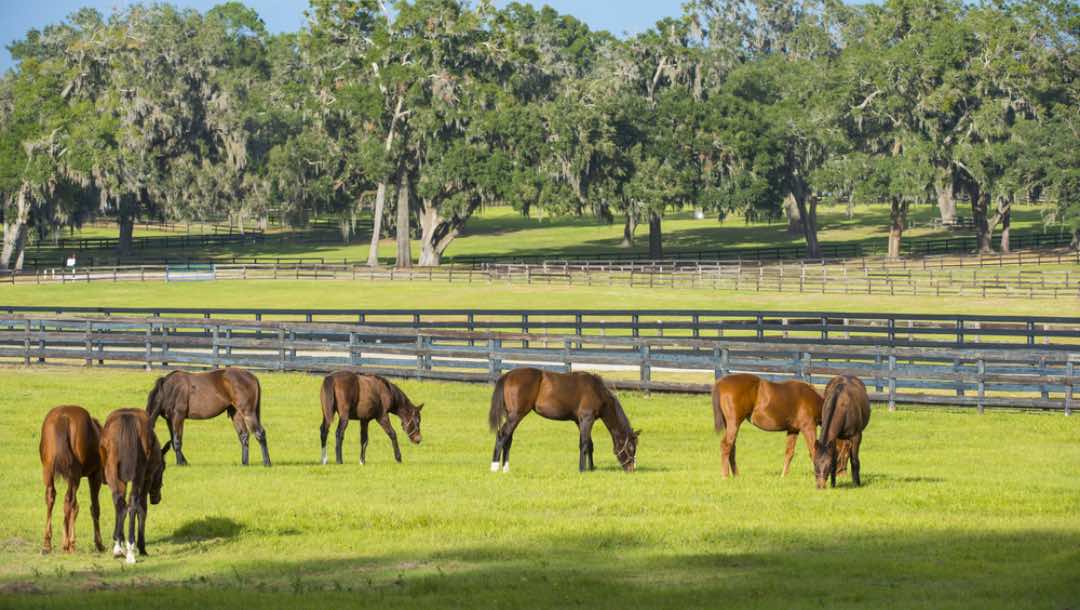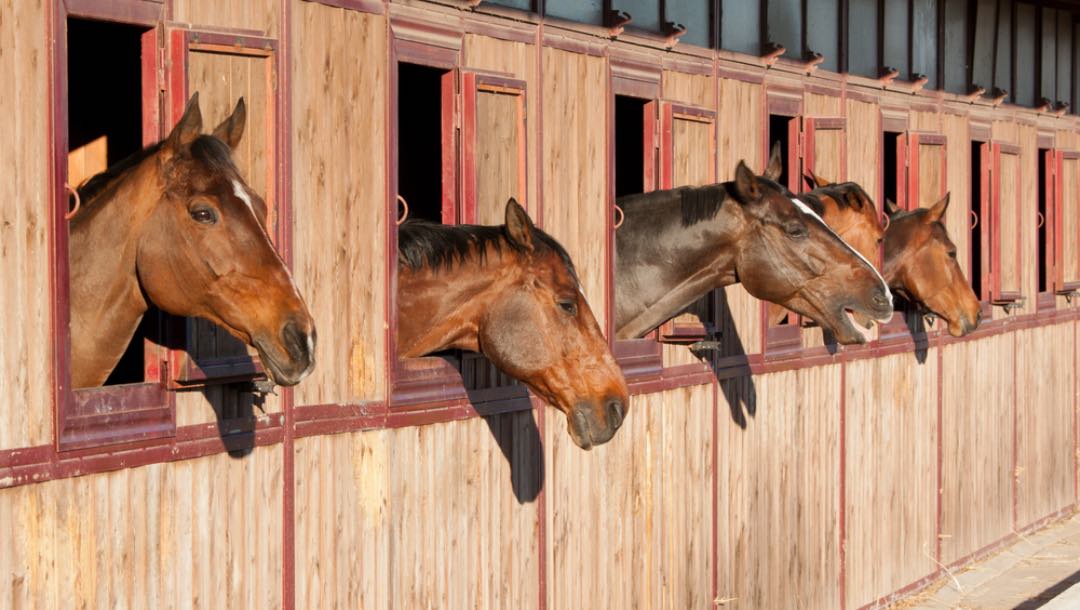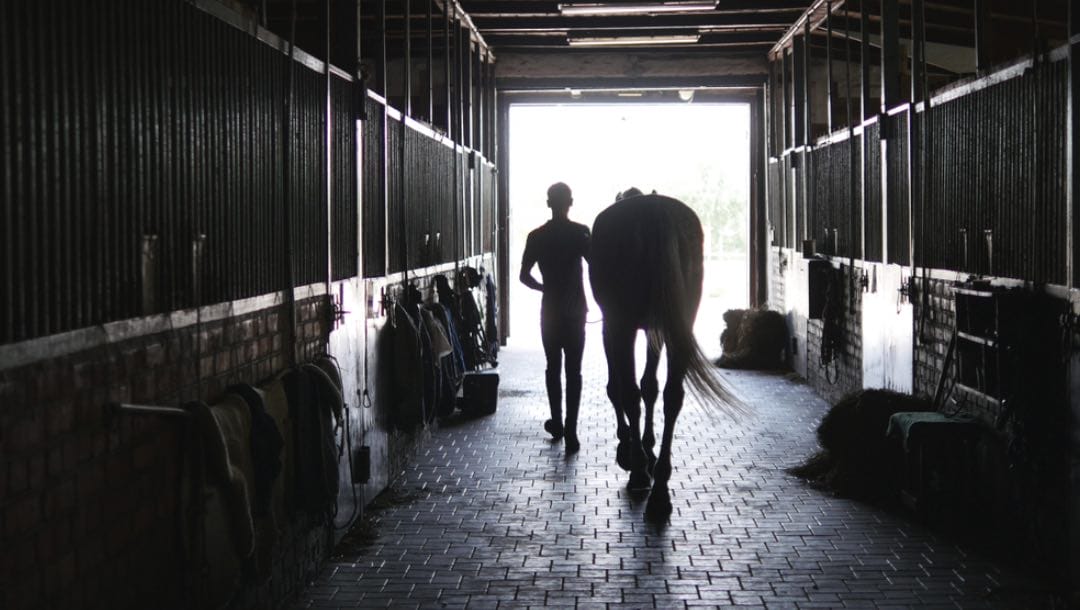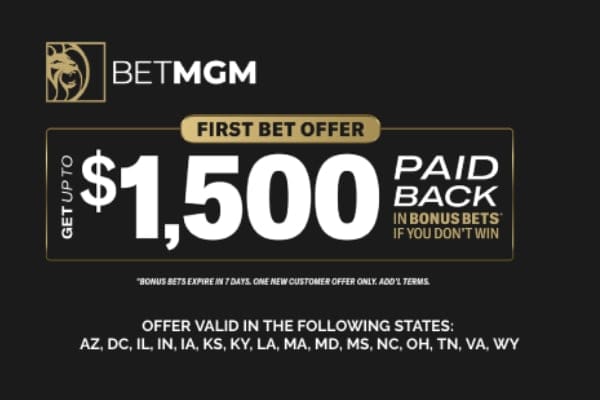Horse racing is possibly the most popular and glamorous sporting activity the world has ever known. Spectacles like the Kentucky Derby, Preakness and Belmont Stakes generate more drama per second than practically any other event in online sports betting, with millions in prizes to be won all year round. With so much money at stake, it stands to reason that racehorse owners must make a lot of money, right?
As a matter of fact, in the vast majority of cases, they don’t. Horse racing is expensive and financially risky, with many owners writing their losses off to tax. Just like placing NYRA bets, owning a racehorse is more about the fun and excitement than about profit. That said, owners can and do make big money in many different ways. Let’s take a closer look at how it’s done!
Purse money
Racing horses to win money is the game plan of most racehorse owners. Every race has a purse, which is a certain amount of money that the track steward sets depending on the grade of the race. Finishers receive a percentage of the purse, with 60% going to the winner, 20% to the runner-up, 10% to third place, 5% to fourth, 3% to fifth, and 2% to sixth. So, the owner of a winning horse in a race with a $20,000 purse would make $12,000. The jockey and the trainer are entitled to 10% of that each, so subtract $2,400. That leaves $9,600.
Now a fit racehorse can run as many as 18 races a year, but the average is closer to seven, taking into account factors like recovery time between races, injuries and the availability of suitable races for a specific horse. Consider that the average owner can expect to pay $60,000 in costs such as day rates (from $45 to $120 a day per horse), shoeing (from $100 to $400 a month), vet bills, insurance, licenses and transportation, and it’s clear that a horse needs to win just about every race to cover the owner’s costs at the $20,000 level.
The size of the purse itself depends on the type of horse racing, the location and the class of the race. The prestigious Saudi Cup carried a purse of $30.2 million in 2022, while a race at a small, local track might only offer $2,000. The 2022 Kentucky Derby paid out $1.86 million to the team behind Rich Strike, an 80-1 long shot who pulled off one of the biggest upsets in horse racing betting history.
Stud money

Another way for racehorse owners to make money is to stand stallions at stud. Many horses enjoy a second career as a stud once their racing days are over. Until recently, the world’s most expensive stud was Galileo, with breeders reportedly paying stud fees in excess of $500,000. Galileo died at the age of 23 in 2021, passing the baton to Dubawi and Into Mischief, who both command fees of $250,000 per horse. Tapit is the most dominant sire in the US, bringing in $185,000 per horse in 2023. With an average of 125 mares a year, that’s a lot of stud money! Few stallions are as exceptional as this, though, with the stud fees of most talented-pedigree stallions ranging from $2,500 to $10,000.
Breeding for profit
Owners choose to breed their mares with pedigree stallions for three main reasons. The first is that you get to race a horse with excellent genes that you raised from birth. Tapit, for instance, has sired 30 Grade 1 race winners! But beware, champion racehorses don’t always make great sires. For example, Secretariat, the most iconic racehorse, was a dud at stud! Secondly, you can sell the offspring. Thirdly, owners are entitled to breeders’ awards.
For example, the New York Thoroughbred Breeding and Development Fund Corporation runs an awards and incentives program for thoroughbreds foaled in New York who race on New York tracks. This works in practice because if you’re the owner of a mare at the time she foals in New York State, you get a cut of the winnings if her offspring wins! This amounts to a percentage of the purse money earned for first, second or third place. The maximum would be 30% for a win if the victor was sired as well as foaled in New York, with a cap of $40,000. Various breeders’ associations throughout the US have similar schemes.
Pinhooking
Racehorse owners can also make money from pinhooking. This means buying a promising young racehorse and selling them on. The idea is to purchase a yearling or weanling, train them into shape and sell them for a profit. It’s a common practice with young thoroughbreds, but it carries a fair amount of risk. Remember when you first had horse racing bets explained to you? There’s no guarantee of winning, no matter how good the odds are and the same goes for pinhooking. If the horse simply doesn’t take to their training or gets injured or sick, the speculator stands to lose a lot of money. But if the horse works out and shows potential at two years old, it’s likely to be worth much more than when it was a yearling.
Horse racing syndicates

Few people have the finances to buy a racehorse outright. One way to get in on the action is to join a horse racing syndicate and buy a percentage of ownership in a racehorse, with the syndicate’s name appearing as the owner on online sportsbooks. The syndicate can form before or after the horse is purchased. The syndicate designates an agent in charge of selecting the horse, finding the owners and taking care of the paperwork. Share prices vary depending on how many shareholders there are and how much the syndicated horse cost. The syndicate is then the horse’s legal owner and must take care of all bills and management fees, with each shareholder responsible for their percentage of expenses. Any winnings the horse brings in are also divided up percentage-wise.
Claim your share of top horse racing action at BetMGM
Anyone can enjoy horse racing betting on the go at BetMGM. Simply register to enjoy a broad range of responsible betting options in a safe, secure environment. Learn how to read horse racing odds and discover the most exciting events on the US horse racing calendar.
Looking for extra sporting action in between races? We’ve got you covered with major league football, baseball, soccer, hockey, Formula 1, golf, boxing, and much more. Play to your strengths at BetMGM!










